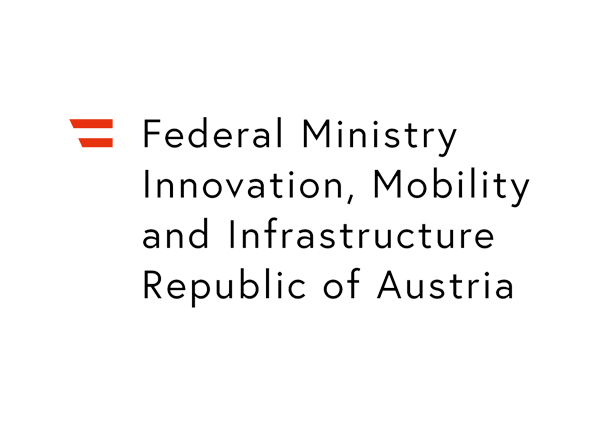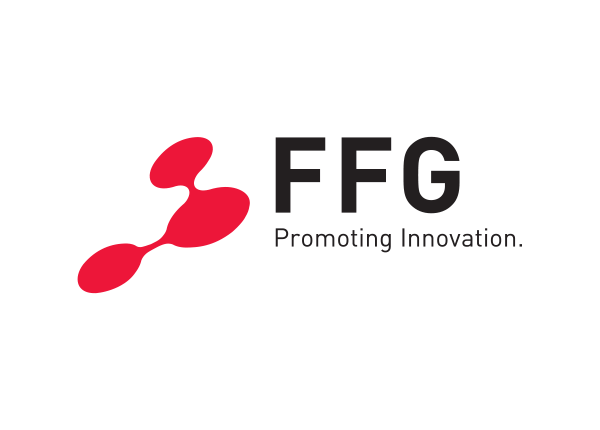Project NatMatSave30!
Use of blast furnace slag as mineral recycling filler to achieve the material footprint targets from 2030!
Overall approach
As part of the predecessor project MissingLink (FFG no. 895489, duration 2022 – 2024), the long-term benefits of blast furnace slag as a mineral recycling filler were successfully developed. In addition, the blast furnace process plays an important role in the use of processed secondary materials as substitute reducing agents (partial substitution of lump coke or pulverized coal) having no other recycling option. This enables enormous potential for increasing recycling rates. Despite the ongoing transformation in the steel industry, the blast furnace will still be in use for at least another 20 years, as the implementation of low-carbon processes can only take place gradually, as underpinned by the European Commission's “2040 climate target” (90 % CO2 reduction by 2040).
The use of blast furnace slag as a mineral recycling filler instead of natural primary fillers opens up great potential for saving raw materials in terms of the domestic material footprint.
In this context, the NatMatSave30! project aims to evaluate the further use of wet granulated blast furnace slag as a mineral recycling filler. In addition, recycled plastic or waste plastics such as glass fiber or carbon fiber reinforced plastics are to be evaluated as pellets or regranulate for their suitability as a secondary carbon carrier for the blast furnace or electric arc furnace. Steel production in the electric arc furnace requires carbon as an energy source and as a slag foamer to ensure a stable arc (Echterhoff, Metals 11 (2), paper no. 222, 2023). In addition, the carbon in the EAF also acts as a reducing agent.
Objectives
NatMatSave30! focuses on the following main objectives:
- Material recycling of used plastics (glass fiber or carbon fibre reinforced) as a substitute reducing agent in the blast furnace with the accompanying development of a suitable comminution method
- Replacement of natural mineral fillers with wet granulated blast furnace slag in all application fields
- Evaluation of the use of pelletized or regranulated secondary plastic materials in electric arc furnaces
- Investigation of wet-based grinding of granulated blast furnace slag to force hydroxylation (formation of calcium hydroxide Ca(OH)2 by reaction of the calcium oxide CaO from the blast furnace slag with the ambient moisture)
- Quantification of carbonation through CO2 absorption of Ca(OH)2 and conversion into calcium carbonate CaCO3
PROJECT TIMELINE:
1 January 2025 – 31 December 2027
FUNDING SCHEME:
This project receives funding from the Federal Ministry of Innovation, Mobility and Infrastructure Republic of Austria, represented by the Austrian Research Promotion Agency (FFG project no. 922969 / FO999922969).
PROJECT CONSORTIUM:
Starting with the project coordinator, the consortium is composed as follows:

 DE
DE EN
EN
